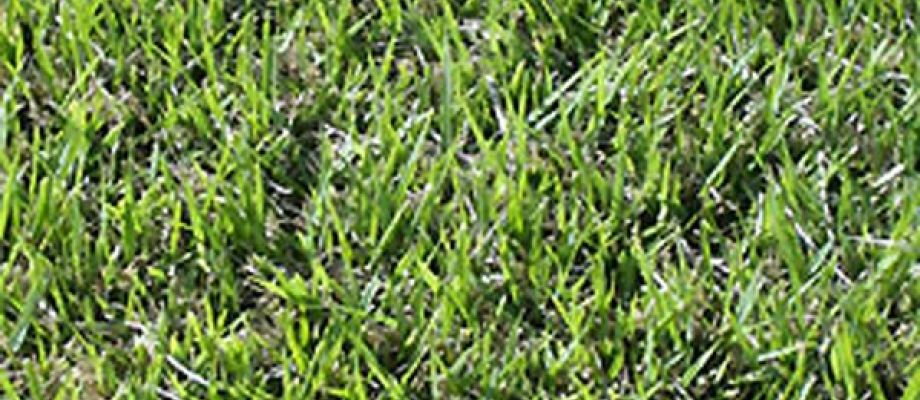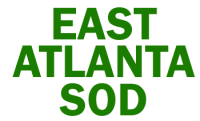Centipede Sod in Atlanta, GA
What is Centipede Grass?
Centipede grass (Eremochloa ophiuroides) is a warm-season turfgrass native to Southeast Asia, introduced to the U.S. in the early 20th century. Unlike fast-growing Bermuda or Zoysia varieties, Centipede is known for its slow growth rate and minimal maintenance needs.
It thrives in sandy and acidic soils and is best used for:
- Residential Lawns – especially for homeowners who want minimal upkeep.
- Low-Traffic Areas – like front yards, vacation homes, or rural properties
Characteristics
| Color: | Light to medium green |
| Texture: | Medium-coarse blades that form a soft, even turf. |
| Growth Habit: | Slow-growing, spreads by stolons (above-ground runners). |
| Durability: | Moderate wear tolerance |
| Heat Tolerance: | Handles hot summers well |
| Cold Response: | Sensitive to extreme cold |
General Maintenance
Mowing:
Only 1–2 inches in height. Since it grows slowly, mowing frequency is low.
Watering:
Requires about 1 inch of water per week; moderately drought-tolerant.
Fertilization:
Needs less nitrogen than most grasses (1–2 pounds per 1,000 sq. ft. annually). Overfertilizing can harm it.
Sunlight:
Prefers full sun but tolerates light shade.
Soil Preference:
Grows best in acidic soils (pH 5.0–6.0). Alkaline soils may cause iron deficiencies and yellowing.
Advantages of Centipede Grass
- Low maintenance (less mowing and fertilizing)
- Tolerates poor, sandy soils
- Can handle some shade
- Uniform, soft turf that looks neat without much effort
Potential Drawbacks
- Slower recovery from damage (not ideal for heavy traffic)
- Sensitive to cold winters
- Can develop iron chlorosis in alkaline soils
Is Centipede Grass Right for You?
If you live in an area with sandy, acidic soil and want a lawn that requires very little care, Centipede grass is a smart choice.
However, if you need a lawn that can handle children, pets, or sports, you might prefer a tougher option like Bermuda or Zoysia.
Start Your Free Quote Today
If you're interested in outfitting your Atlanta property with Centipede sod, please give us a call or send us an email today for a quote. We are happy to help you achieve the goals you have for your Atlanta property.

